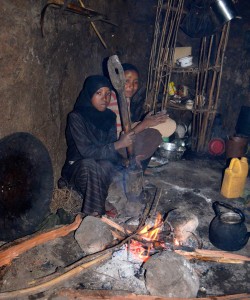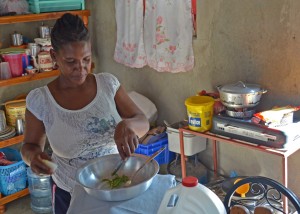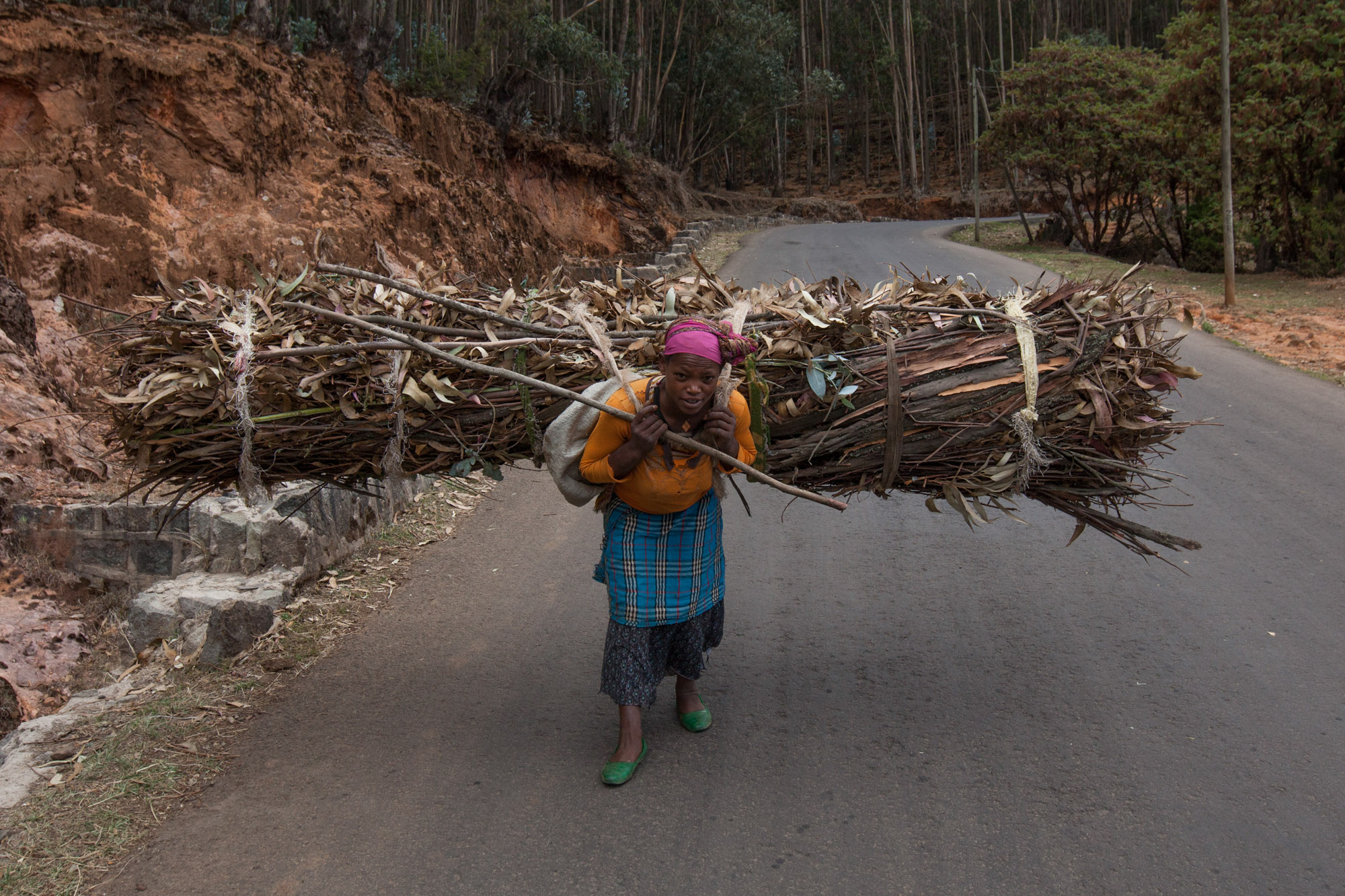Caveat Emptor
“Ethanol?” The Home Depot sales clerk asked in disbelief. “Are you sure you don’t want propane? We don’t carry dangerous products like ethanol here.”
With a glance at the power saw display, I thanked him for his recommendation and tried another department. From cleaning supplies to plumbing, kitchen, and bath, the response was always the same, “We don’t carry ethanol. It could explode.” Eventually, I tracked down an overpriced gallon container in the paint section. Much to the relief of the store’s employees, fuel-grade alcohol spontaneously combusts just as often as drinking alcohol explodes in stores and homes across the world: never.
“Whisky? That’s too dangerous to stock. You must be looking for gasoline.”

Unfortunately, misrepresentations of ethanol are not limited to home improvement stores. I was surprised to read a recent working paper by Timothy Searchinger and Ralph Heimlich for the World Resources Institute, which suggests policy recommendations that would reduce global resilience to climate change. While the intentions are admirable, the paper, “Avoiding Bioenergy Competition for Food Crops and Land,” relies heavily on disproven theories to assert that any land not used solely for food production or sinking carbon is land wasted.
We rarely think of it here in the West, hooked up to electric and gas grids as we are, but nearly half of the world’s population still cooks on biomass fuels such as wood, charcoal, and coal. In some nations, domestic energy needs—primarily cooking and lighting—account for 90% of all energy used. My work regularly takes me to Sub-Saharan Africa, the Caribbean, and Latin America where I work to promote and help to establish ethanol production as a clean cooking fuel. I’ve seen up close what this report overlooks: the world is not only facing a calorie deficit, it is also facing a clean energy deficit. Food and fuel are not mutually exclusive.
Food vs. Food and Fuel
For anyone with a basic understanding of biofuels, the “food vs. fuel” argument perpetuated in the WRI paper was laid to rest quite some time ago. This assertion has been so thoroughly disproven that it is rarely discussed in the scientific community. The main points of the research debunking food vs. fuel are as follows.
First, there are many factors that influence the cost of food, one of which is the cost of oil. According to a World Bank Report, 66 percent of the food price increases are due to oil prices. Other factors include weather, the economy, and commodity market forces –not ethanol.
Second, diversifying markets for farmers ensures food production. Most farmers in developing markets have access only to very limited supply chains, and, with no refrigeration, 40% of food is lost before it can reach the market. This is because small farmers have little access to the energy and the facilities necessary for proper storage, processing, and transportation of food products. Energy is key for farmers—both as a market and to reach the market.

Although the authors of the working paper frequently cite the Food and Agricultural Organization (FAO), they ignore the fact that the FAO is a proponent of integrated food and energy systems (IFES). According to one report on IFES, “Producing food and energy side-by-side may offer one of the best formulas for boosting countries’ food and energy security while simultaneously reducing poverty.” Smallholders able to produce their own fuel can either sell that fuel to diversify their markets or use it for cooking, which significantly reduces the time women spend collecting fuelwood. Farmers could also use the fuel to reduce their fossil fuel costs, put more money into purchasing seeds that will be resistant to disease, or fuel the technology needed for storage and transportation.
Waste Not, Want Not
Many farmers and companies are already implementing food and energy systems in developing nations and in the United States. Contrary to the authors’ assertion that biofuels cause more land to be put under production, economists at Iowa State University recently published a report demonstrating the primary land use change that occurred over the last 10 years was from farmers using their available land more effectively. For example, one 200-bushel acre of corn can produce 3,400 tons of high protein animal feed, 600 gallons of starch ethanol, and 75-85 gallons of cellulosic ethanol. That, or it can produce 200-bushels of corn feed and nothing else. Land can be used for more than one output, and the truth of the matter is that this is the only way we will meet the challenge of supplying the world’s food and energy needs.
As we produce more food, more agricultural wastes and residues will need to be disposed of. In Ethiopia, sugar plantations that were once dumping molasses, a by-product of sugar production, are now using it to produce ethanol for transportation and for cookstoves in Somali refugee camps. POET-DSM just opened the doors to the world’s first commercial-scale cellulosic ethanol plant in Iowa, and it is hard to envision a better way to efficiently use a plot of land. The Project Liberty plant uses the agricultural residue from corn production—corn stalks, husks, and cobs—to produce ethanol. Before, these waste products were left on fields, but now they provide another source of income for farmers. Partially clearing the fields of these husks and stalks allows the sun to break down the remaining residue more effectively, reducing the need for fertilizer and excessive tilling. Surplus heat from Project Liberty is piped over to a neighboring ethanol plant for power.
An Accounting Correction

The Project Liberty plant also displaces 210,000 tons of CO2 each year. According to the Argonne National Laboratory, the carbon intensity of ethanol is decreasing dramatically. In their 2012 study on greenhouse gas (GHG) emissions from ethanol, scientists found that, “relative to petroleum gasoline, ethanol from corn, sugarcane, corn stover, switchgrass and miscanthus can reduce life-cycle GHG emissions by 19–48%, 40–62%, 90–103%, 77–97% and 101–115%, respectively.” To put it simply, ethanol produces less GHG than gasoline; a far cry from the working paper’s claim of a “carbon accounting error.” The reason why the World Resources Institute authors made this error is because they failed to take into account all advances in the ethanol industry since 2008. Improvements such as increased yields, decreased water and fertilizer inputs, use of agricultural residues, and greater energy efficiency at conversion have reduced ethanol’s carbon impact dramatically.
A Chemically Stable Conclusion
Following the 2010 earthquake in Haiti, families were unable to cook their rations because they had no fuel. In many cases, food is only half of the equation. Tim Searchinger and Ralph Heimlich are right to be concerned with how we will face the challenges of climate change and food security, but their oversimplification of food’s journey from farm to kitchen to plate may do more harm than good.
We need to address climate change, feed the world’s hungry, diversify our energy sources, and continue to perfect our ability to produce biofuels sustainably. I urge you to research sustainable ethanol production, to look into integrated food and fuel solutions, and buy yourself a nice bottle of rum for good measure. I promise it will not explode.

